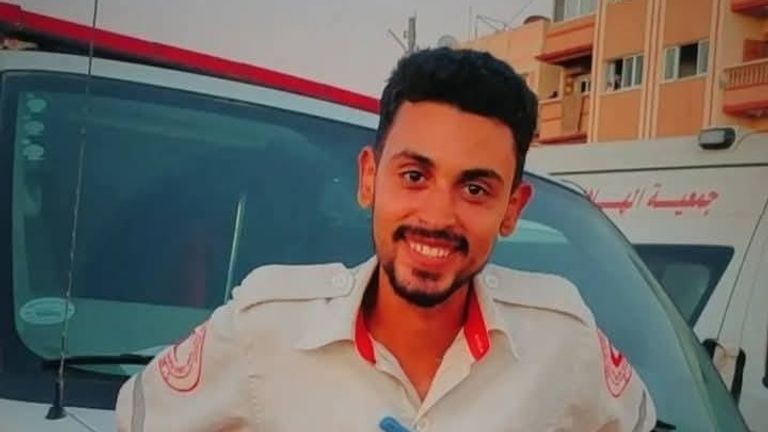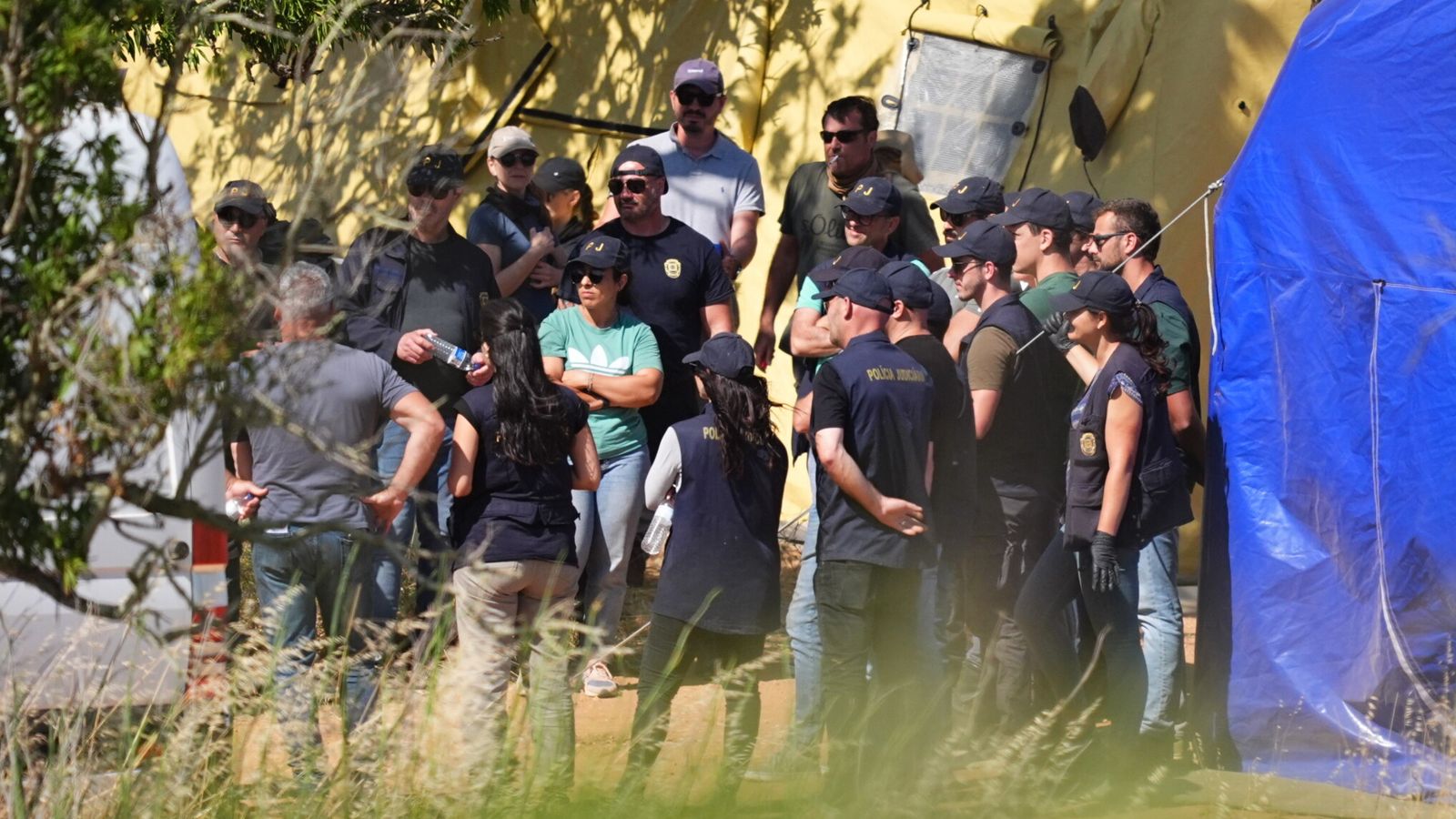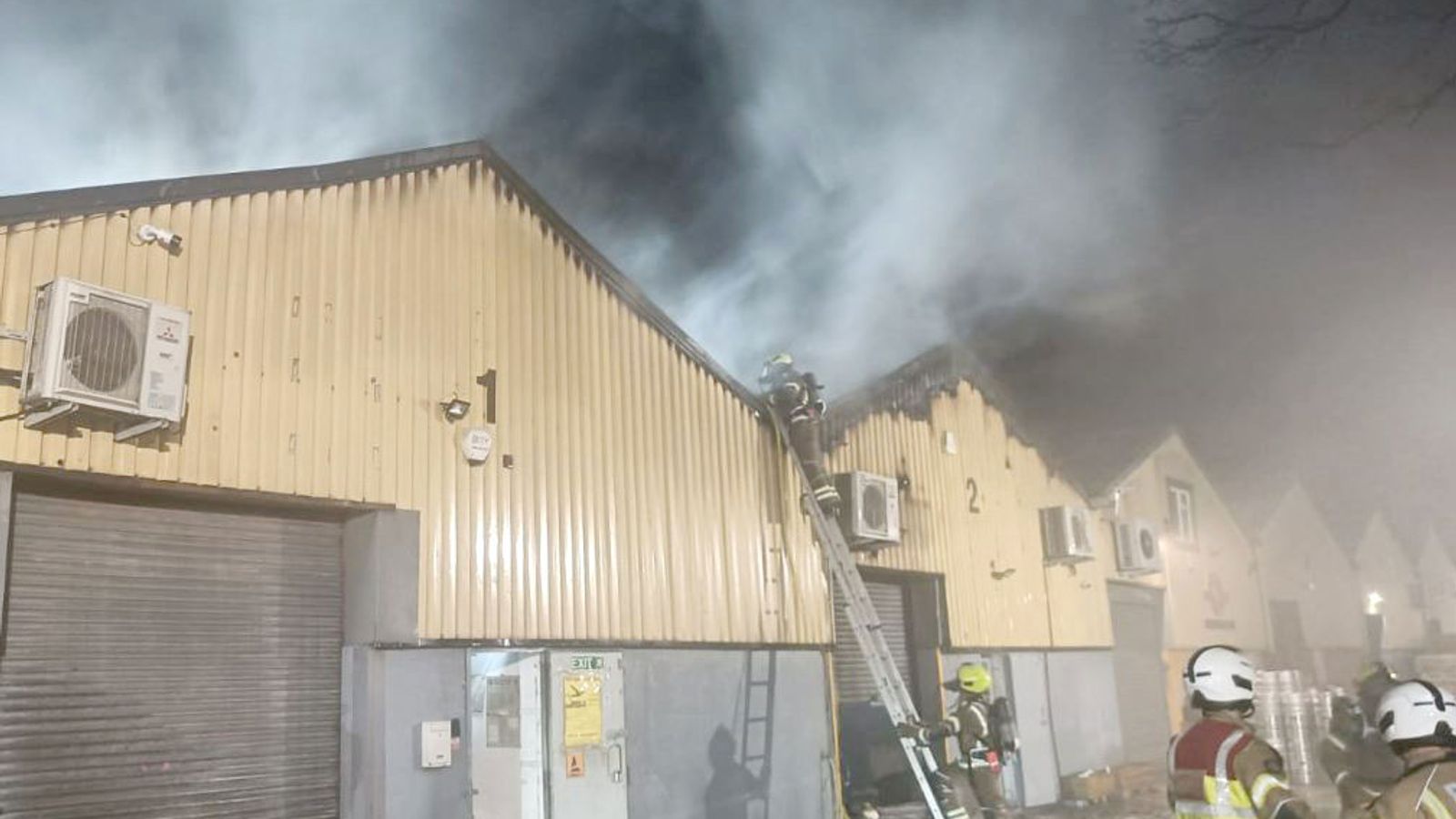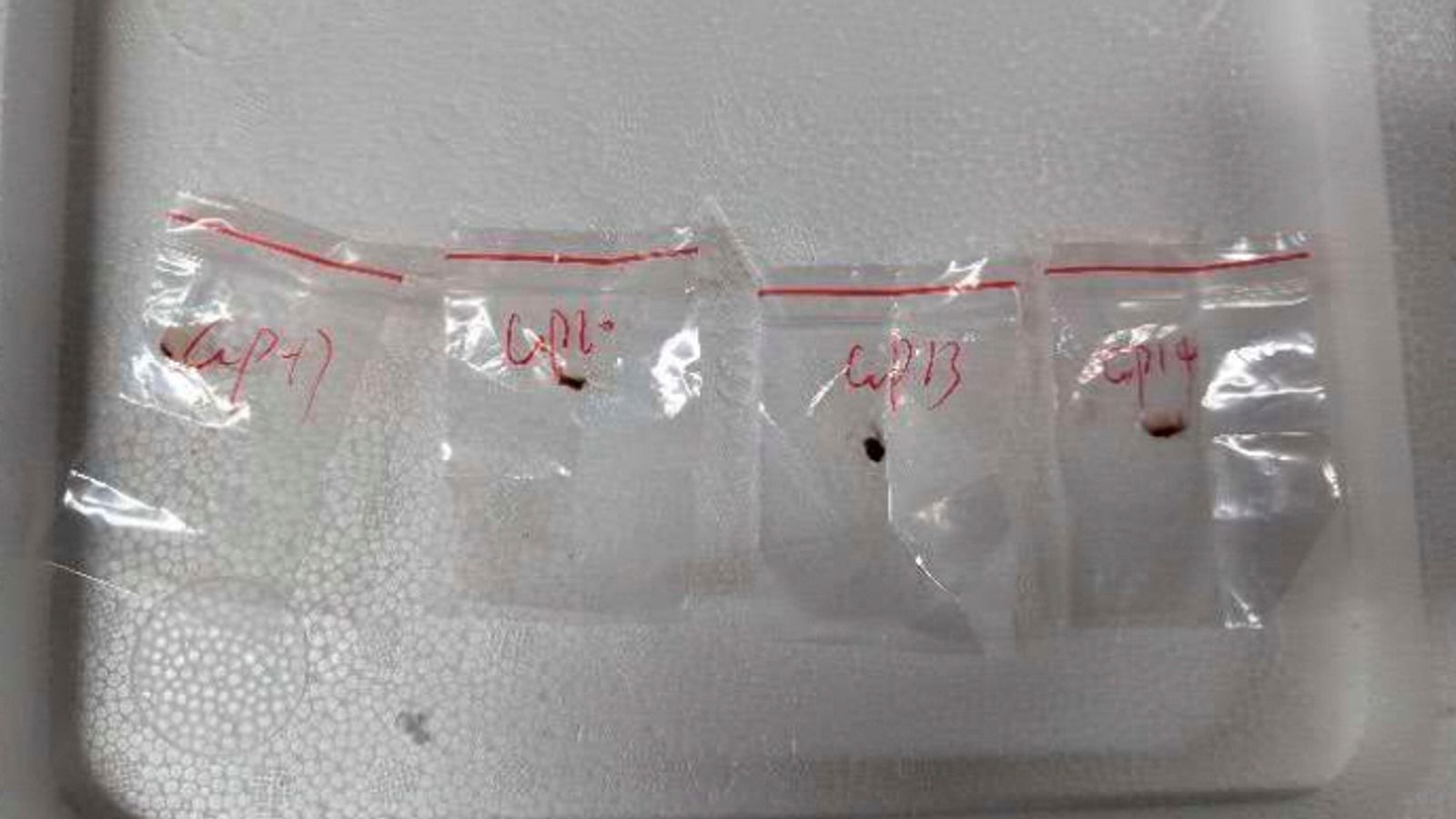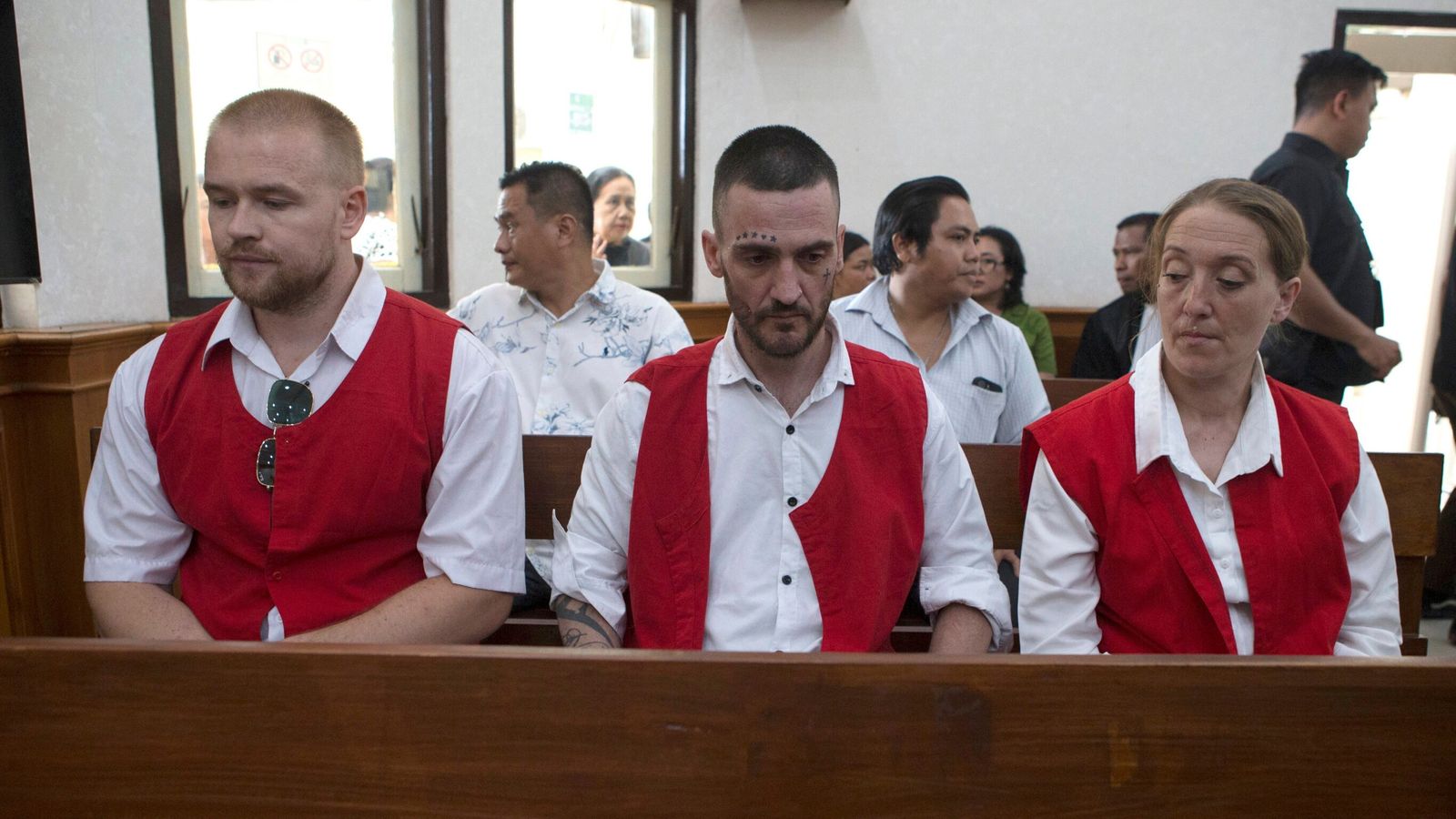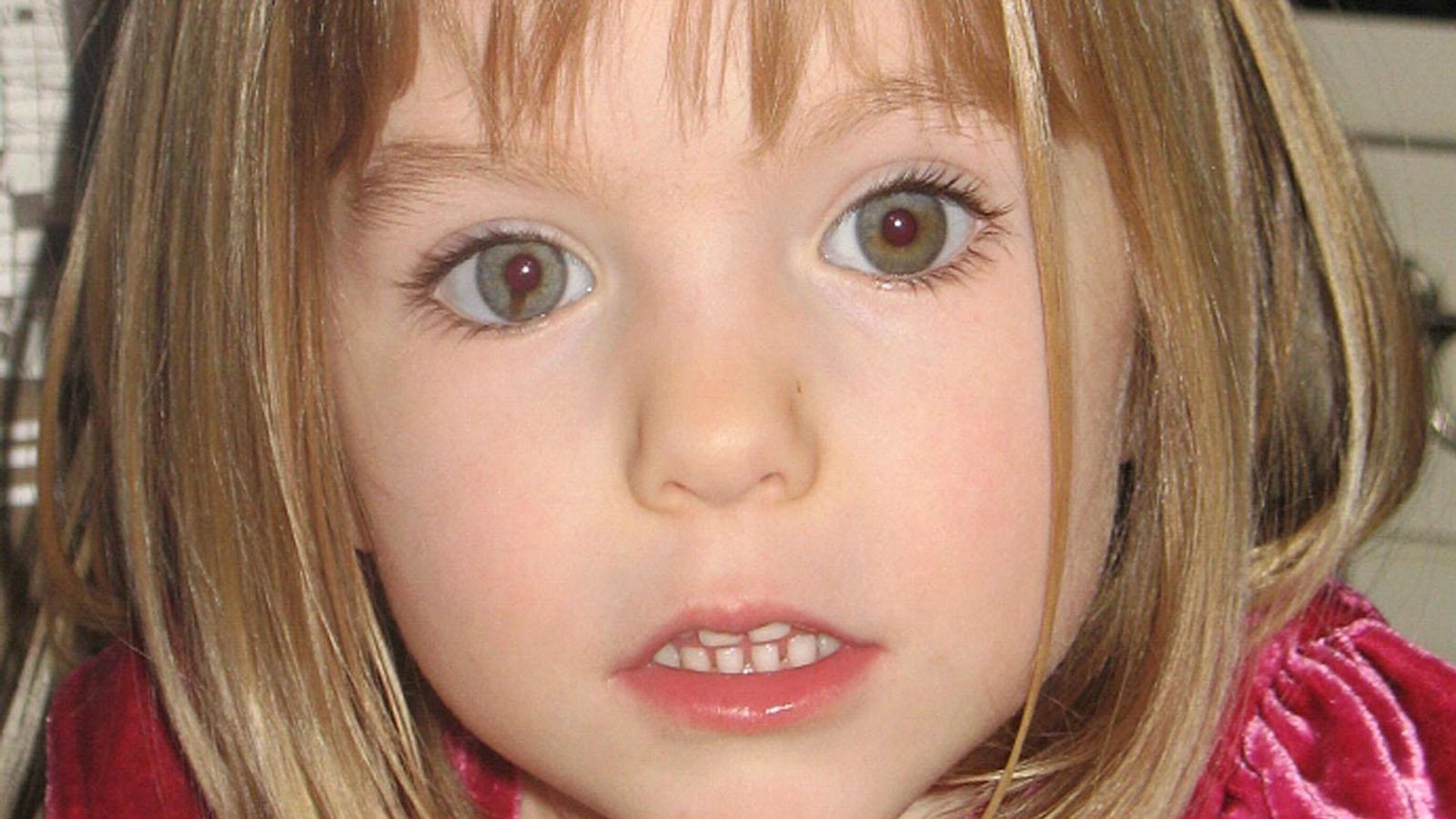
A paramedic who survived an Israeli attack that left 15 aid workers dead in Gaza has given his first account of what happened.
Assad al Nsasrah was one of two survivors from the attack on 15 March, when eight paramedics, six firefighters and a UN employee were gunned down by Israeli troops and subsequently buried in a mass grave.
The IDF was forced to change its account of the attack several times as new evidence emerged, including details unearthed by Sky News.
Assad remained missing until 13 April, three weeks after the attack, when Israel said he had been detained. He spent a total of 37 days in custody before being released on 29 April.
In an interview with the Guardian, Assad’s employer, the Palestine Red Crescent Society (PRCS), has now for the first time relayed key elements of the medic’s testimony.
That includes the allegation that he was tortured in Israeli custody, and that he heard Israeli troops shooting injured medics from close range as they begged for help.
“He was mistreated, he was subjected to physical attack, tied, beaten, also psychological [torture] and starved,” PRCS spokesperson Nibal Farsakh told the Guardian.
”He was also being isolated for three days and put in a room with very loud music, which the Israelis called the disco room.”
The PRCS spokesperson said Assad “described it as like something literally making you feel crazy and that the music was loud to the extent that you feel your nose is bleeding, your ears are bleeding”.
In response to these allegations, an IDF spokesperson told Sky News that Assad was detained “based on intelligence indicating involvement in terrorist activity”.
The spokesperson declined to elaborate on this alleged intelligence.
“During his detention, he was questioned regarding this matter,” the spokesperson said.
How the attack unfolded
On the morning of the attack, Assad had been called out to search for three colleagues who had disappeared while on a rescue mission.
He departed shortly before 5am, with fellow paramedic Rifaat Radwan – who recorded their journey.
By matching Rifaat’s videos and their metadata to satellite imagery, Sky News was able to map out the exact route Assad took.
Assad was the first to spot the missing ambulance, in a ditch by the side of the road.
“They’re lying there, just lying there,” Assad said, as he brought the ambulance to a stop. “Quick! It looks like an accident.”
Seconds after he pulled the handbrake, a volley of shots rang out.
The shooting would continue for at least five-and-a-half minutes.
“Mum, forgive me. This is the path I chose, to help people,” Rifaat says towards the end of the video.
He would later be found dead, buried by Israeli troops in a mass grave along with 14 other aid workers and the crushed remains of their vehicles.
“My son was very exhausted from this war,” Rifaat’s mother, Hajjah, later told Sky News. “This should not have been his reward.”
What happened to Assad?
In his newly-revealed testimony, Assad says the shooting continued well after Rifaat’s recording ended.
Farsakh told the Guardian that Assad took cover behind the ambulance, next to his wounded colleague Mohammed al Heila, who hugged him before dying.
After the gunfire subsided, Assad says, he heard soldiers approaching.
“Al Nsasrah said the soldiers came to the scene very close – and then he heard them shooting everyone who was still alive,” Farsakh told the Guardian.
Farsakh previously revealed to Sky News that a PRCS dispatcher was able to successfully call medic Saleh Muammar as late as 5.45am, 37 minutes after the attack began.
Muammar was later found dead in the mass grave, alongside his colleagues.
Assad’s claims are also consistent with details from the Israeli military’s own report into the killings, reviewed by Israeli newspaper Haaretz, which found that troops shot some of the aid workers at “point-blank range”.
Farsakh told the Guardian that Assad escaped the soldiers’ notice by hiding under al Heila’s body, leading them to believe he was dead.
When he was eventually spotted, Farsakh says, one of the soldiers pointed a rifle at his head.
“He told the soldiers: ‘Don’t shoot. I am Israeli,'” Farsakh said.
“And the soldier got a bit confused. Al Nsasrah’s mother was a Palestinian citizen of Israel.”
Assad says he was stripped, blindfolded and placed in a ditch.
At 6.55am, Assad managed to discreetly call a PRCS dispatcher. Sky News obtained an exclusive recording of this call, in which soldiers can be heard giving orders to prisoners and discussing the tactical situation.
The testimony given by Assad lines up with that provided to Sky News by the only other survivor from that day, paramedic Munther Abed.
Munther also says he was stripped, beaten and placed in a ditch. He also says that the soldiers forced him to act as a human shield during the evacuation of Rafah, which was taking place that day.
Munther says that Assad was detained alongside him on the day of the attack.
“He was accompanied by an Israeli officer, and was beaten before being placed next to me,” Munther says.
While Munther was released later that day, Assad would be held in detention for a total of 37 days.
“Throughout his detention and questioning in Israel, he was held under a temporary custody order in accordance with the law,” an IDF spokesperson said.
“At the conclusion of the questioning, and based on the information gathered, it was decided not to issue a permanent detention order, and he was released back to the Gaza Strip in accordance with the law. The IDF operates in accordance with the law.”
The spokesperson declined to say what information led to Assad’s release, or why his detention was kept secret for three weeks.
The Data and Forensics team is a multi-skilled unit dedicated to providing transparent journalism from Sky News. We gather, analyse and visualise data to tell data-driven stories. We combine traditional reporting skills with advanced analysis of satellite images, social media and other open source information. Through multimedia storytelling we aim to better explain the world while also showing how our journalism is done.
Doonited Affiliated: Syndicate News Hunt
This report has been published as part of an auto-generated syndicated wire feed. Except for the headline, the content has not been modified or edited by Doonited


